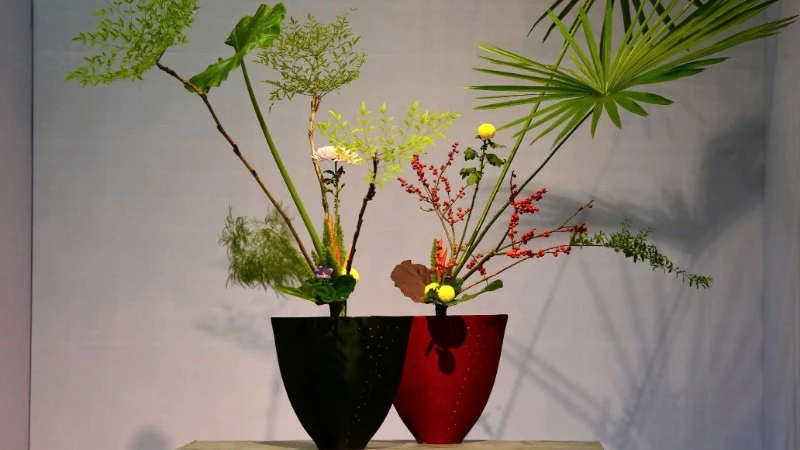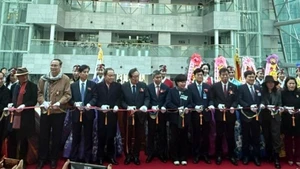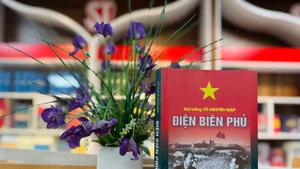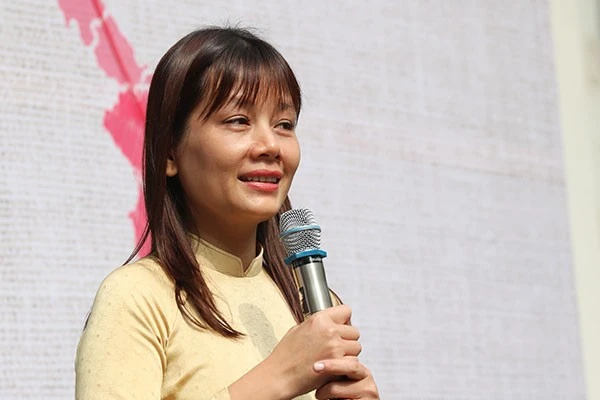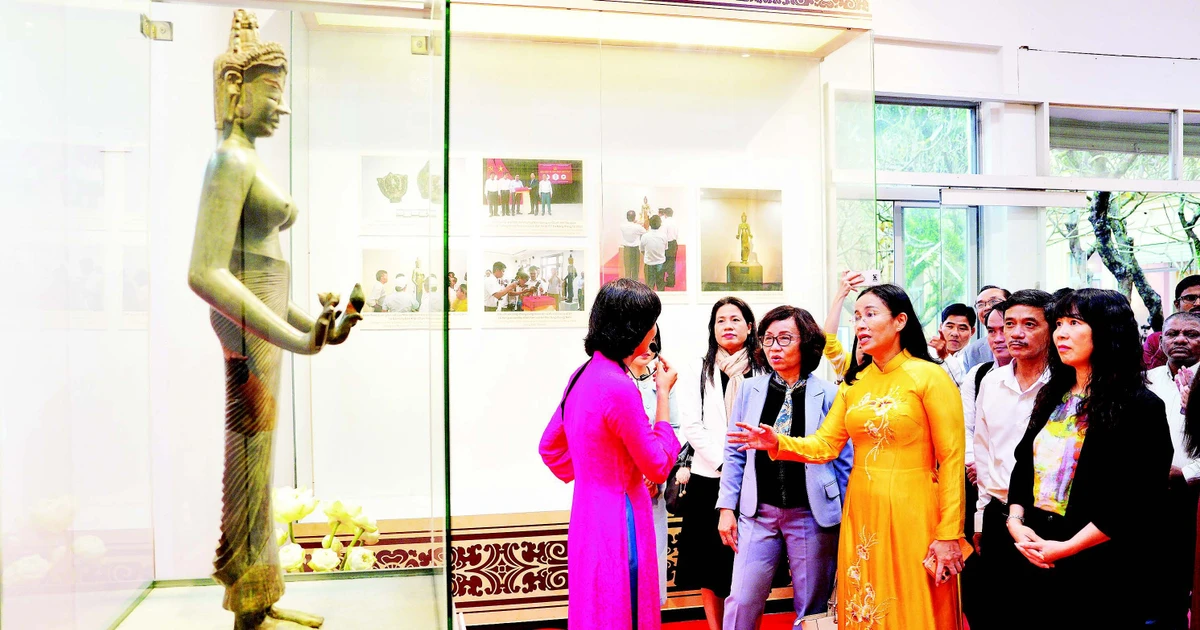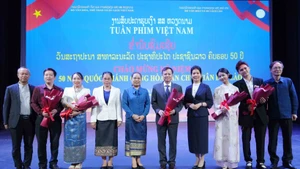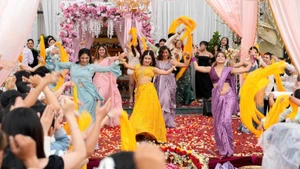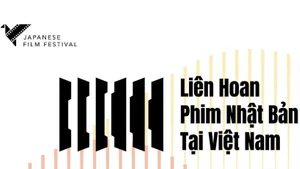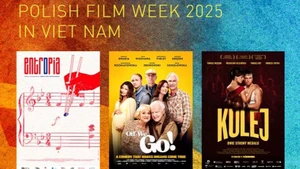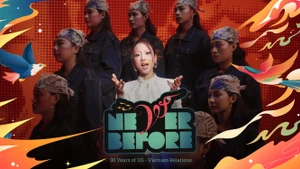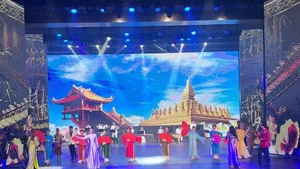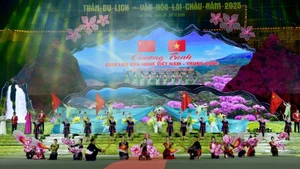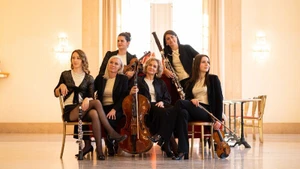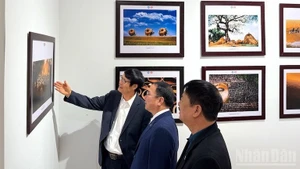Themed “Harmony,” the exhibition features nearly 40 floral works representing the three traditional styles of the Ikenobo School of Ikebana: Rikka, Shoka, and Jiyūka (free style).
The event welcomed representatives from organisations such as the Japan Foundation Centre for Cultural Exchange in Viet Nam, the Viet Nam–Japan Friendship Association, and the Viet Nam Women’s Museum, along with numerous guests and art lovers. The opening ceremony exuded both solemnity and warmth, marking the beginning of two emotional days of artistic celebration.
A special highlight of this year’s exhibition is the participation of Professor Furukawa Koji from the Ikenobo Ikebana Headquarters in Kyoto, Japan.
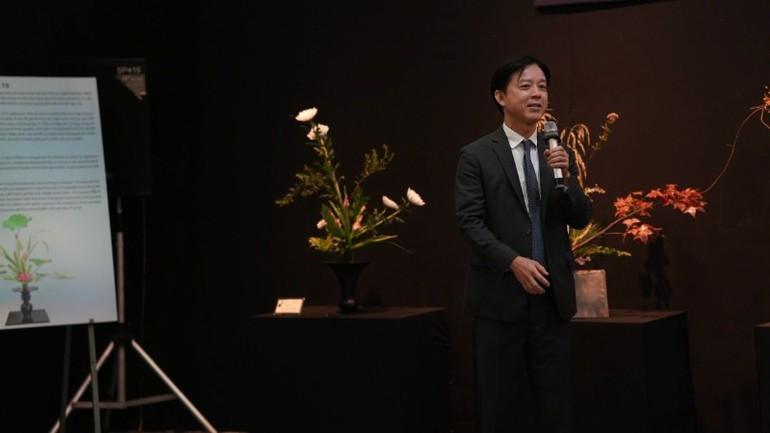
The exhibits reflect the profound philosophy and diversity of Ikebana expression. In the Rikka and Shoka styles, viewers can sense order, proportion, and carefully calculated composition, embodying the yin–yang balance and harmony among natural elements.
Rikka arrangements evoke the grandeur of nature—mountains, cliffs, rivers, plains, and villages—while Shoka compositions focus on simplicity, emphasising the inner beauty and natural growth of plants.
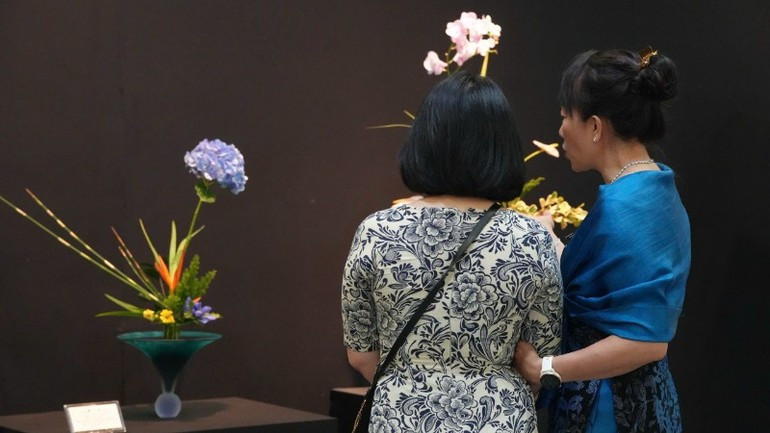
Meanwhile, the Jiyūka (free style) works expand the boundaries of creativity, allowing artists to incorporate new materials and experiment with shapes and colours that mirror contemporary aesthetics. The interplay and contrast among the three styles create a balanced exhibition that honours traditional values while expressing modern sensibilities.
The theme “Harmony” invites viewers to listen to the voice within their own souls.
The exhibition not only celebrates the beauty of flowers but also reflects the harmonious relationship between humans and nature, past and present, stillness and motion.
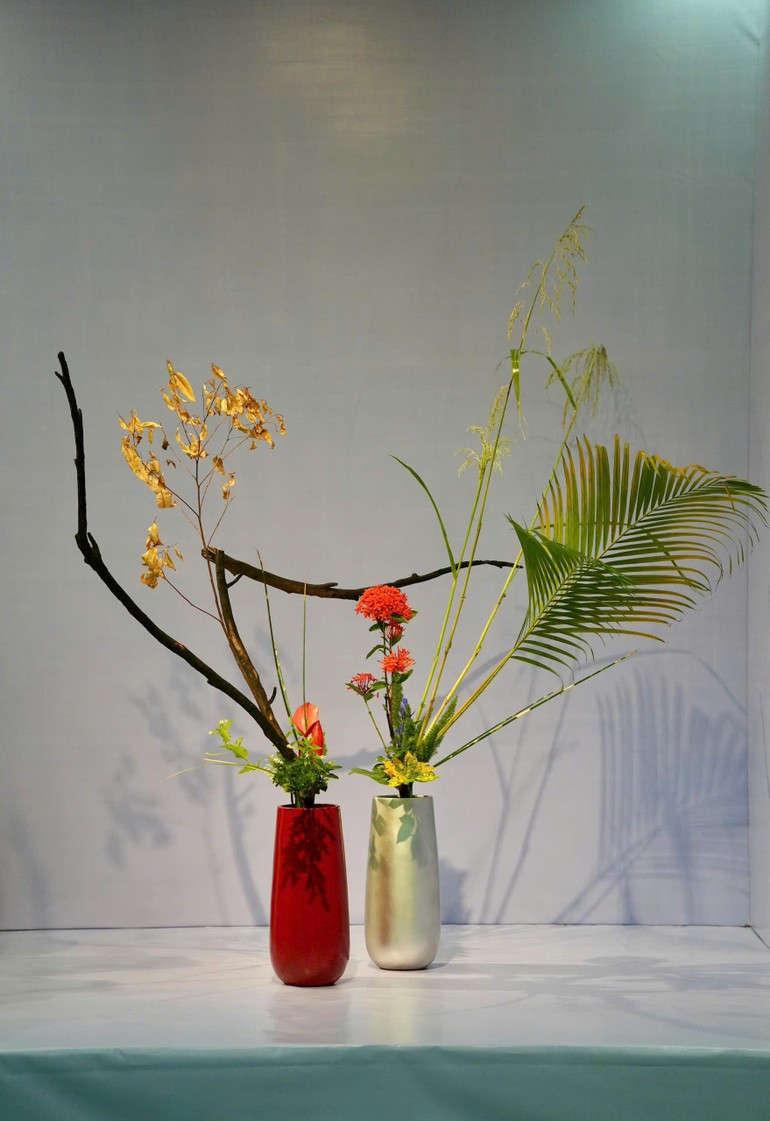
Within the exhibition space, Ikebana practitioners use the visual language of lines, colours, and even empty space to convey the beauty of nature and the depth of inner emotions. This message resonates through the minimalist yet intentional compositions, emphasising Ikebana’s powerful nonverbal expressiveness.
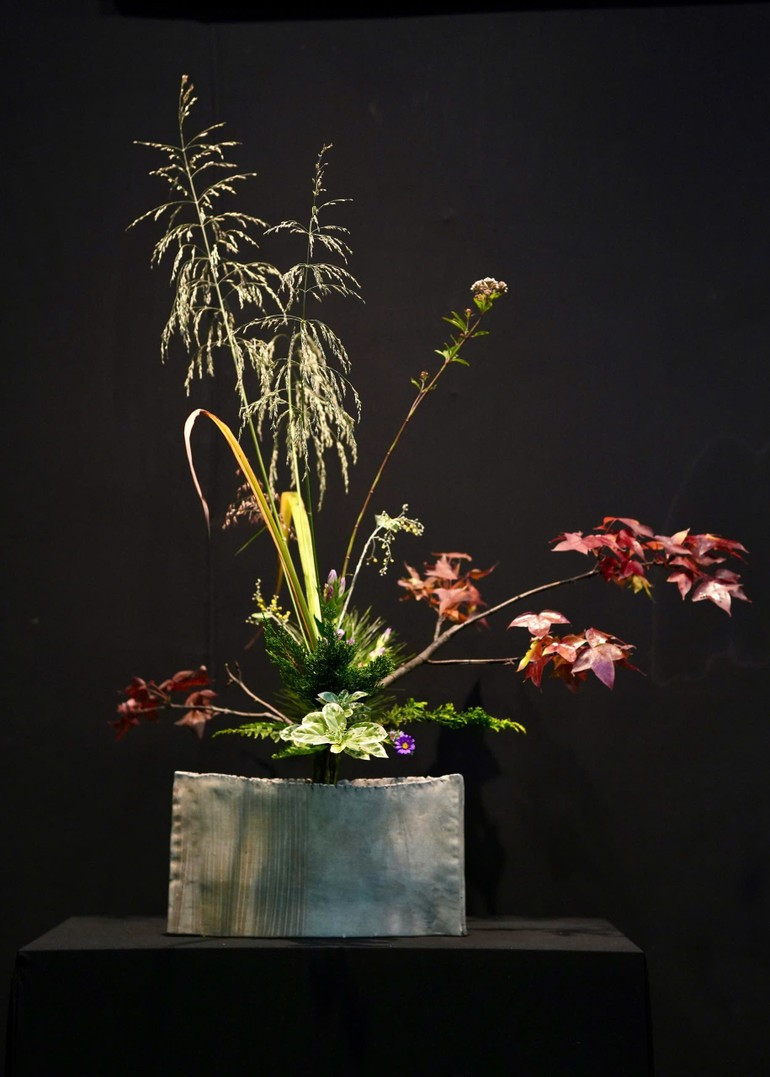
Representatives from the Ikenobo Viet Nam Headquarters stressed that the exhibition is not only for those well-versed in the art of Ikebana, but also for the general public—those seeking moments of stillness amid the rush of modern life, and for souls who cherish beauty, culture, and art.
The Ikenobo Viet Nam Central Study Group, the organiser of the exhibition, was established in 2021 as the official study group of Ikebana Ikenobo Japan in Viet Nam, headquartered at Ikebana House, Ha Noi. The organisation regularly conducts teaching activities and Ikebana exhibitions in both Ha Noi and Ho Chi Minh City, helping to bring the Japanese art of flower arrangement closer to the Vietnamese public.
Immediately after the opening ceremony, the exhibition officially welcomed visitors. The display space quickly became a meeting point for flower enthusiasts and admirers of Japanese art and culture.
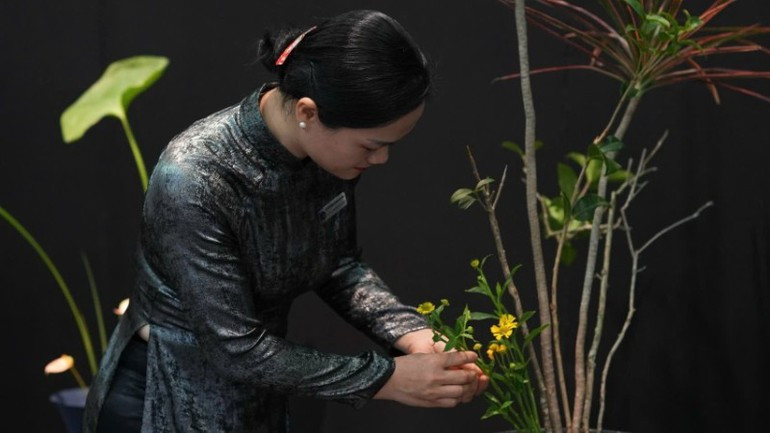
The exhibition not only celebrates the artistic value of Ikebana, but also serves as a bridge for Viet Nam–Japan cultural exchange, expanding opportunities for professional collaboration and spreading the beauty of this floral art form to a wider audience. The Ikenobo Viet Nam Headquarters continues to affirm its role in bringing Ikebana closer to Viet Nam’s contemporary art scene.
The exhibition is open to the public, free of charge, from 9:00 AM to 5:00 PM on October 11–12 at the Viet Nam Women’s Museum (36 Ly Thuong Kiet Street, Cua Nam Ward, Ha Noi).
